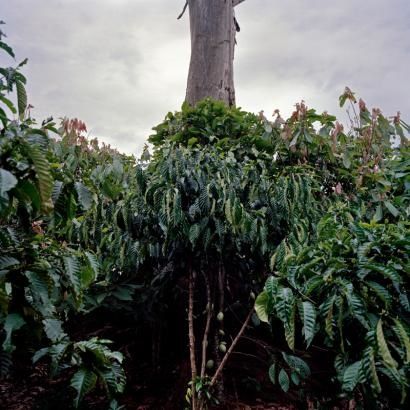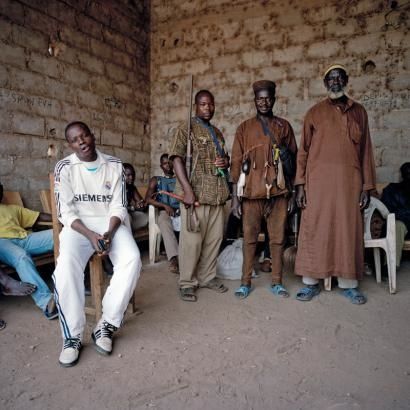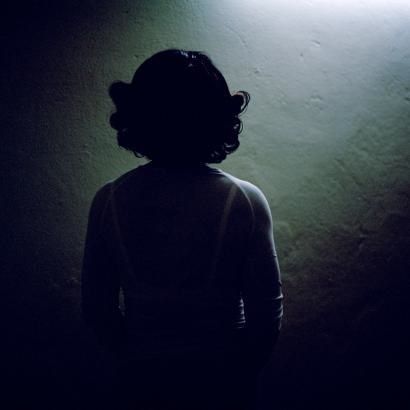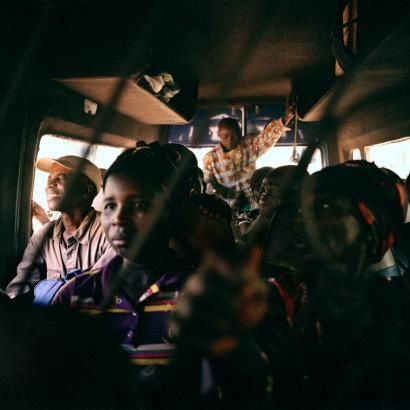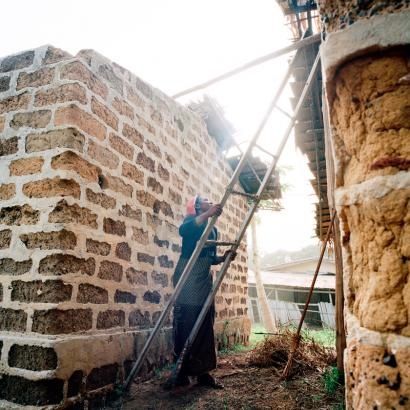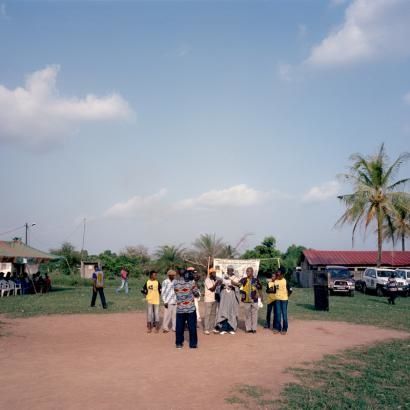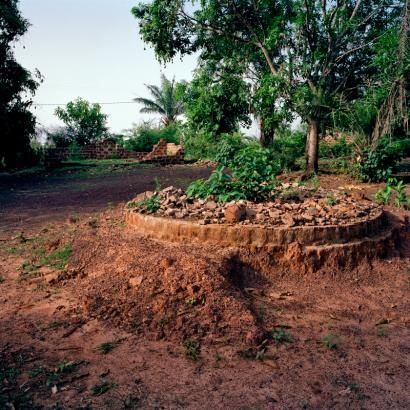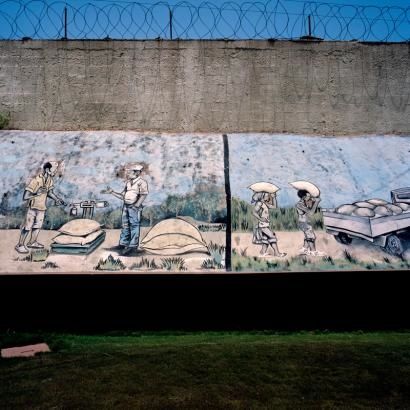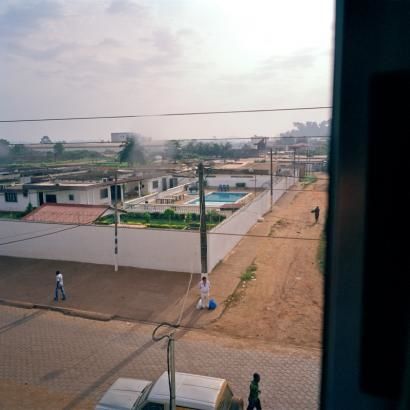June 29, 2012 | Foreign Policy
By
Peter DiCampo, For the Pulitzer Center
Former Ivory Coast President Laurent Gbagbo, whose attempt to remain in power resulted in the deaths of more than 3,000 people last year, has been arrested and is now facing trial at The Hague. The new president, Alassane Ouattara, is tryng to get the country back on track, but life in this West Africa country is still far from settled.

